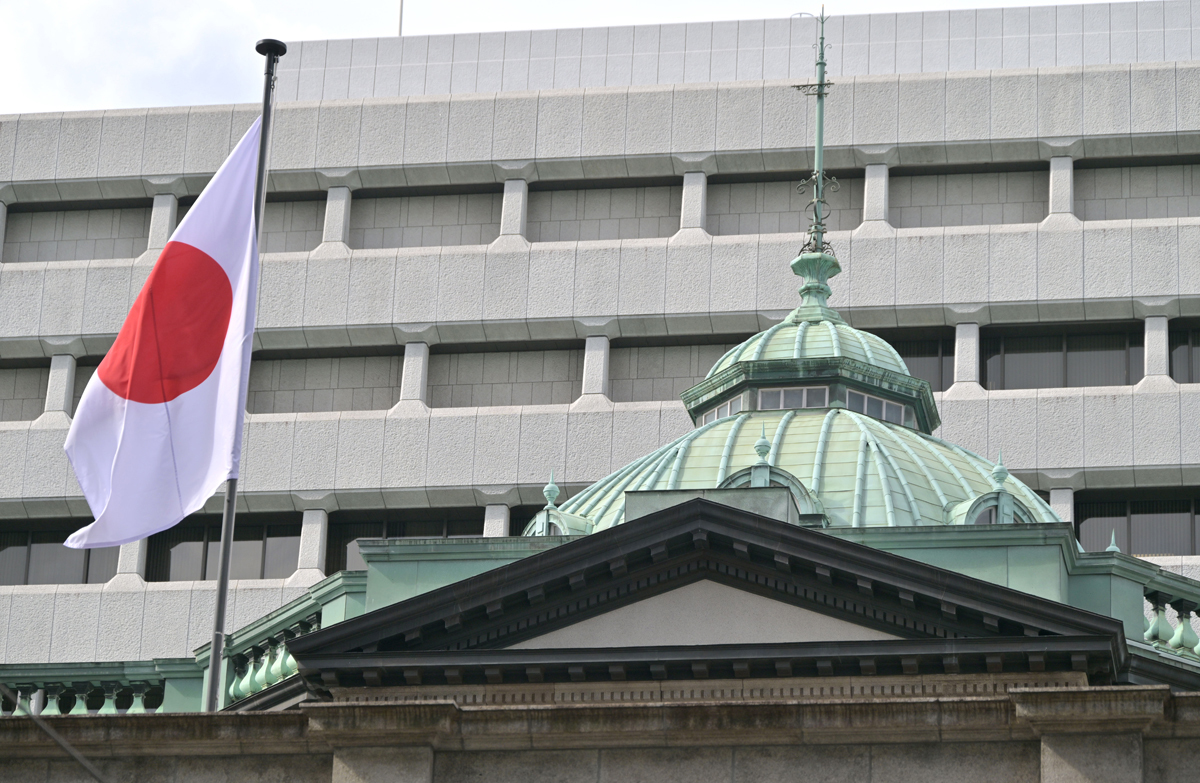
Sky-gazers worldwide may get the chance to see a celestial display this week as the annual Leonid meteor shower reaches its peak.
The Leonids are set to peak at 1 p.m. ET Monday, according to EarthSky. You may start glimpsing meteors at 11 p.m. Sunday local time, which is when the constellation Leo rises over the horizon. But it’s best to watch for them between 4 a.m. Monday and sunrise local time, said Robert Lunsford, fireball report coordinator for the American Meteor Society.
“Unlike a lot of (meteor) showers, the Leonids have a very sharp peak,” Lunsford said, adding there is only one good night for viewing.
The Leonids’ parent comet, 55P/Tempel-Tuttle, is to thank for this brief duration. The size of the comet’s debris trail is small, so Earth passes through it for a short amount of time.
The meteors you’ll see around 11 p.m. Sunday will be Earth grazers, Lunsford said, which means they’ll last longer than normal and will shoot across a large portion of the sky. “But you won’t see as many because a lot of the Leonid activity will be shooting downward below the horizon,” he added.
Under clear weather conditions, you can expect to see 10 to 15 meteors per hour.
Showers and storms
While a meteor shower is expected this year, the Leonids are known for occasionally producing tremendous meteor storms, with at least 1,000 meteors per hour.
The last Leonid meteor storm was in 2002. However, one of the most memorable storms occurred in 1966 when “we passed right through the center of one of the Leonid streams and rates were estimated at 40 meteors per second,” Lunsford said.
That storm had meteor activity so prevalent in the sky that meteors appeared to fall like rain.
High meteor activity coincides with when the comet 55P/Tempel-Tuttle reaches perihelion — its closest approach in orbit to the sun. It takes the comet 33 years to orbit the sun, so the larger Leonid meteor showers — and sometimes storms — tend to occur about every 33 years.
For a storm to happen, Earth has to pass through a dense part of the comet’s debris during perihelion, but sometimes our planet only skims the outskirts.
The next shower that will coincide with the comet’s orbital cycle will take place in 2033, but it is not expected to be a storm, Lunsford said. “We may see rates of around 100 an hour, which is comparable to the Geminids,” he said, “but we certainly don’t expect any storms which are 1,000 meters an hour.”
Upcoming meteor showers
Here are the peak dates of the two remaining meteor showers anticipated this year, according to the American Meteor Society and EarthSky.
Geminids: December 13-14
Ursids: December 21-22
Upcoming supermoon
Look out for the last full supermoon this year.
December 4: Cold moon
Sign up for CNN’s Wonder Theory science newsletter. Explore the universe with news on fascinating discoveries, scientific advancements and more.
For more CNN news and newsletters create an account at CNN.com
 JR東海・丹羽社長、トランペットで応援 社会人野球日本選手権(毎日新聞)
JR東海・丹羽社長、トランペットで応援 社会人野球日本選手権(毎日新聞) Which Store is Your Decision ?
Which Store is Your Decision ? Ukraine proved this drone-killer works. Now, the West is giving it a shot.
Ukraine proved this drone-killer works. Now, the West is giving it a shot. タワマンなしでは成り立たない再開発…「下町」にタワマンが急増する意外な理由(ビジネス+IT)
タワマンなしでは成り立たない再開発…「下町」にタワマンが急増する意外な理由(ビジネス+IT) 10 Energizing Vocations in the Innovation Business
10 Energizing Vocations in the Innovation Business 利上げ検討、意見相次ぐ 「条件整いつつある」 日銀10月会合(時事通信)
利上げ検討、意見相次ぐ 「条件整いつつある」 日銀10月会合(時事通信) Must-See Attractions in France
Must-See Attractions in France 「BE:FIRST」所属事務所、SNS上の誹謗中傷に声明「あらゆる法的措置を講じることも辞さない」(スポニチアネックス)
「BE:FIRST」所属事務所、SNS上の誹謗中傷に声明「あらゆる法的措置を講じることも辞さない」(スポニチアネックス) Vote In favor of Your Favored Menial helper Administration
Vote In favor of Your Favored Menial helper Administration













